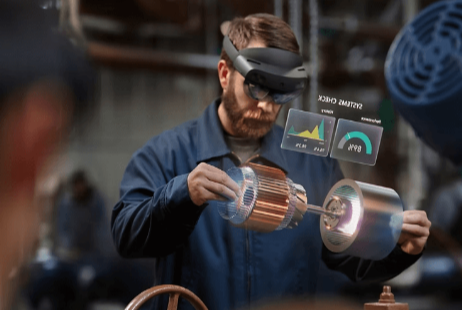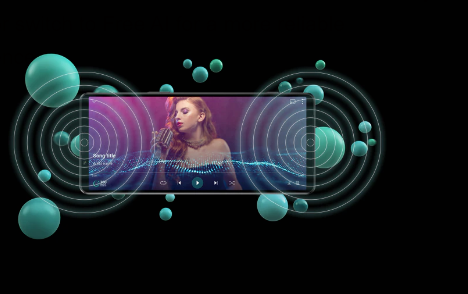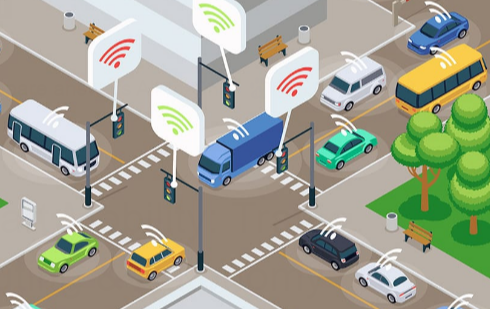Spatial Computing: The New Paradigm in Human–Machine Interaction
Spatial computing is emerging as a transformative force in the realm of human-machine interaction. It combines physical and virtual elements, creating immersive environments that enhance user engagement. This technology not only fosters intuitive navigation but also revolutionizes how industries operate. As organizations begin to adapt, questions arise about its broader implications. What challenges and opportunities lie ahead in this evolving landscape? Exploring these facets reveals a complex tapestry of potential that warrants further examination.
Understanding Spatial Computing and Its Core Principles
Spatial computing represents a transformative shift in how humans interact with digital environments, merging the physical and virtual realms.
It enhances spatial awareness by allowing users to navigate and manipulate immersive environments seamlessly.
This technology fosters an intuitive connection between individuals and digital interfaces, empowering users to engage more naturally with information and experiences, ultimately redefining the boundaries of human-machine interaction.
Read Also: Spatial Commerce: Shopping in 3D Spaces
Key Applications of Spatial Computing Across Industries
The integration of spatial computing across various industries showcases its profound influence on enhancing operational efficiency and user engagement.
In healthcare applications, it aids in diagnostics, while retail experiences leverage immersive technologies for enhanced customer interaction.
Gaming environments offer unparalleled engagement, and education tools facilitate interactive learning.
Additionally, architectural design, manufacturing processes, transportation systems, and entertainment solutions benefit from spatial computing’s transformative capabilities, driving innovation and productivity.
The Future of Human–Machine Interaction in a Spatial Computing World
As technology continues to evolve, the landscape of human–machine interaction is poised for a radical transformation through the advent of spatial computing.
This shift promises immersive experiences that transcend traditional interfaces, fostering intuitive interactions between users and machines.
In this emerging paradigm, individuals will navigate digital environments seamlessly, unlocking new realms of creativity and collaboration, while harnessing the true potential of technology to enhance their lives.
Conclusion
As spatial computing continues to evolve, it holds the promise of fundamentally altering the landscape of human-machine interaction. Yet, lurking in the shadows of this technological revolution are questions about its implications for privacy, ethics, and the very fabric of human experience. Will society embrace this new frontier, or will it tread cautiously, wary of the unforeseen consequences? The answers remain uncertain, but one thing is clear: the journey into this uncharted territory has only just begun.





